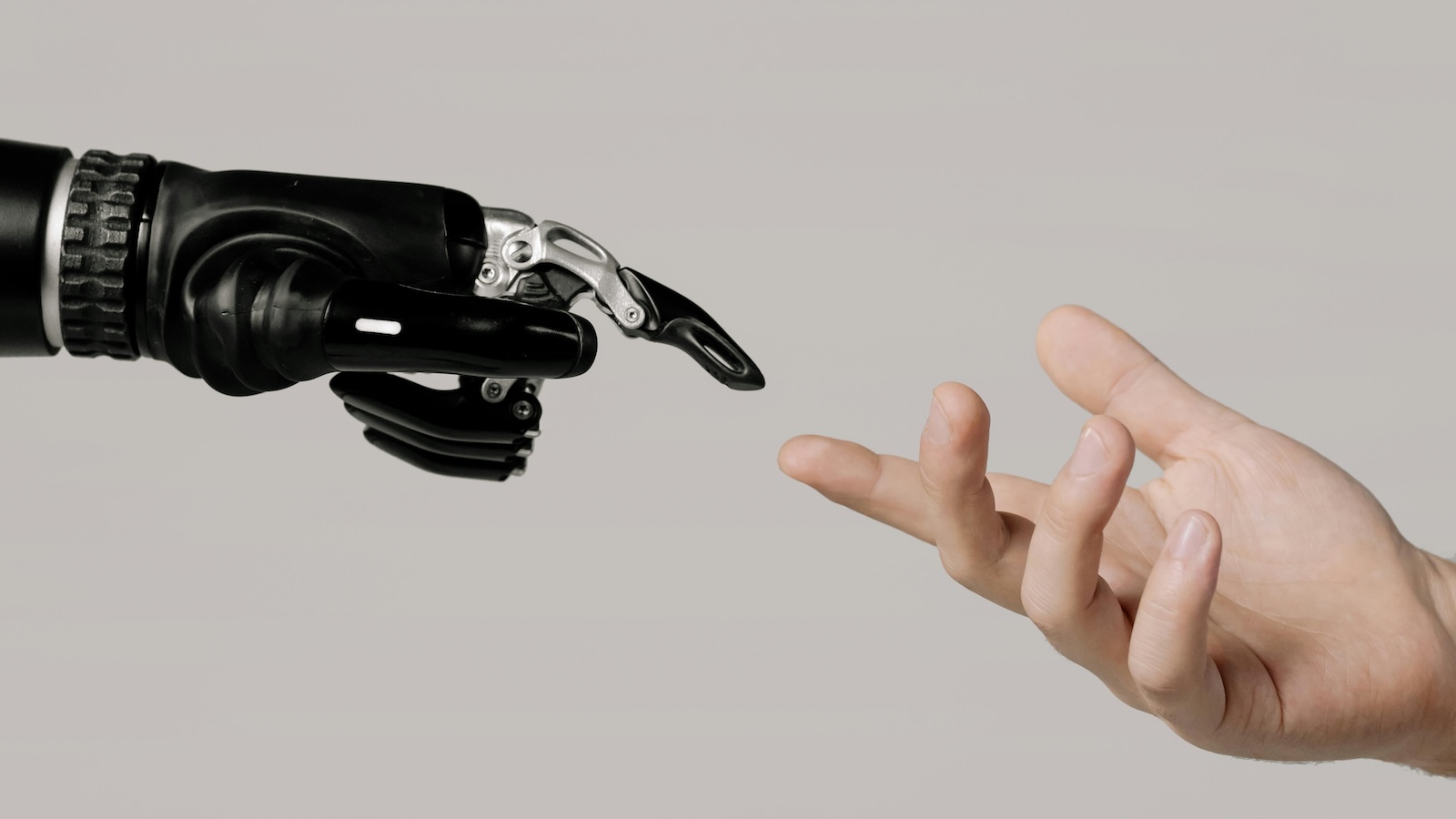Australia is home to a well-developed workers’ compensation system. Each state determines the design of its scheme, with some being privately underwritten by insurers and others being state-run. Claims across territories vary by industry, injury and complexity. As such, insurers need systems that can enable quality, efficient handling of claims to facilitate the health of injured parties and can get them back to work as quickly as possible.
Approximately three years ago, QBE’s Australia Pacific division, like many other insurers, was running what we would describe as a “process-compliant business” when it came to workers’ comp claims. Leadership wanted to do more to eliminate manual processes and take advantage of claims adjusters’ expertise to get the best result for customers and their employees. They knew technology was the key.
Three Core Issues
QBE had long valued the principle of getting the right claim to the right adjuster based on areas of expertise. But to spot complexities early, claims teams engaged in what I refer to as our manual triage system. Expert adjusters did a cursory look at claims as soon as they were lodged, to identify potential risks based on very simple criteria — in particular, was the employee missing work? Simply put, we needed a better way to get claims routed and assessed from the earliest stages.
Our leadership team also wanted to figure out how to lighten adjuster caseload. As is common across the industry, adjusters may handle as many as 70 to 80 claims at a time. With this volume, it was incredibly difficult to spot the more complex or problematic claims, the ones that require the most attention. QBE was seeking a tool that could surface this information quickly and easily.
Additionally, the team was committed to identifying a better way to conduct quality reviews. Instead of manually selecting which claims to examine, which is very time-consuming, we wanted to add artificial intelligence to the mix.
AI Intrigue
As QBE prepared to set its strategic initiatives for the next few years, data analytics was prioritized. With more detailed information, adjusters and leadership could make better decisions about how to route claims, what required attention and how to ensure efficient, positive resolution.
We considered building a solution in-house but quickly realized that it would take a considerable amount of time and staff resources to construct a system that mapped to our priorities. We started engaging with many of the big data and analytics consultancies, hopeful that they would be able to help. They didn’t fit the bill, either.
See also: COVID-19’s Impact on Delivery of Care
In the summer of 2017, I ran across an article about how CLARA Analytics applied machine learning to workers’ comp claims. The approach, which leveraged artificial intelligence (AI) to identify claim issues and keep them from escalating while helping to close simple claims faster, made sense. As I examined how the models worked and how the software visualizes workload allocation, I recognized that it was the way we wanted to run our business and that CLARA had a sizeable lead over what QBE could build internally.
Clear Benefits
Once we started to get past people’s reluctance to use AI, they began to understand how an AI system could make their jobs easier -- the models not only saved countless hours of manual work but their accuracy made decision-making significantly easier.
The financial benefits associated with an adoption of such software have been significant. The initial reports estimate that product integration will easily deliver a 5:1 return on investment, and that could turn out to be conservative, given that the savings will extend across QBE’s entire workers’ comp portfolio.
QBE has been able to implement a more focused approach to quality assurance. Gone are the random selections of claims. Instead, we take the lead from this new system, which provides a much higher level of confidence that the review team is looking into the claims that need it most.
We believe that quality assurance shouldn’t be driven by art; it should be driven by analytics, which is exactly what we’ve been able to accomplish.
In addition to the new-found efficiencies and claim insights, we have enjoyed the competitive differentiation provided to our sales team. They love being able to showcase how QBE uses industry-leading technology to improve claims operations at multiple levels.
See also: An AI Road Map to the Future of Insurance
Continuing Collaboration
Our partnership has allowed us to enhance the software’s capabilities to create significant advancements for our industry. For example, several months ago, both QBE and CLARA started collecting perception data from each injured person’s claim, such as how they feel about their recovery. Today, we are able to collect and analyze that information at scale.
People have been talking about psychosocial flags for injury recovery for more than 20 years, and no one has solved the problem. But taking in extra data points and using them in a different way or thinking about a problem from another perspective has let us make better decisions about how to route claims, what required attention and how to ensure an efficient, positive resolution.






